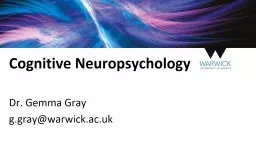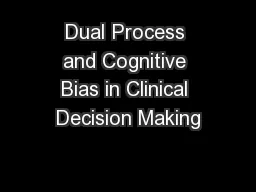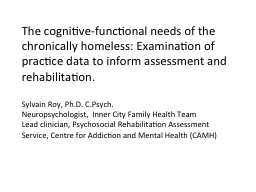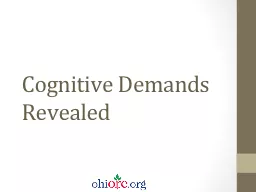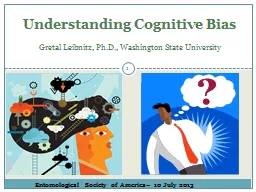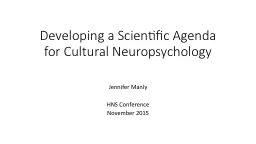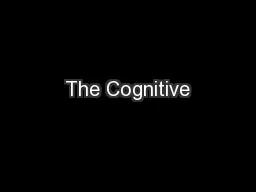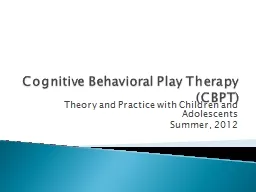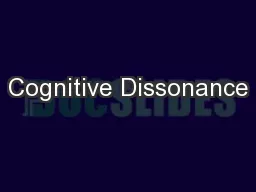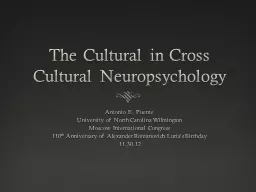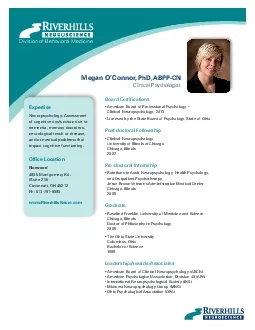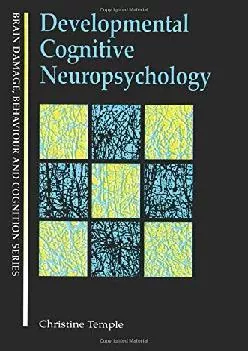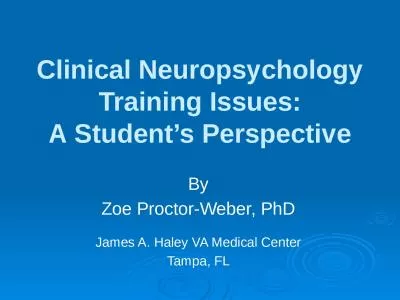PPT-Cognitive Neuropsychology
Author : shoesxbox | Published Date : 2020-06-16
Dr Gemma Gray ggraywarwickacuk Warwick in London Summer School Learning Objectives After todays lecture you will be able to Give a brief overview of major neuroanatomy
Presentation Embed Code
Download Presentation
Download Presentation The PPT/PDF document "Cognitive Neuropsychology" is the property of its rightful owner. Permission is granted to download and print the materials on this website for personal, non-commercial use only, and to display it on your personal computer provided you do not modify the materials and that you retain all copyright notices contained in the materials. By downloading content from our website, you accept the terms of this agreement.
Cognitive Neuropsychology: Transcript
Download Rules Of Document
"Cognitive Neuropsychology"The content belongs to its owner. You may download and print it for personal use, without modification, and keep all copyright notices. By downloading, you agree to these terms.
Related Documents

